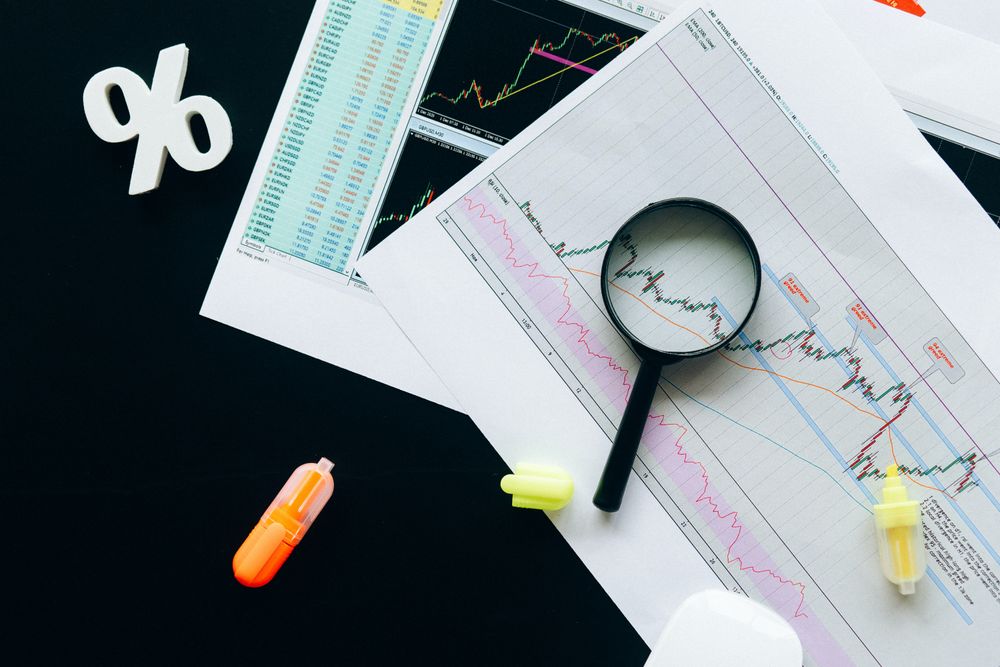Is There a Correlation Between a Journal Impact Factor and Quality?
Updated May 18th, 2022
Journal impact factors have been calculated every year since 1975. A lot has changed since then, so it’s not a perfect tool by any means; it has its advantages and disadvantages. You’ll learn what a journal impact factor is, how to calculate it, and whether there’s a correlation between the impact factor and journal quality in this article.
What Is a Journal Impact Factor?
A journal impact factor (JIF) is a measure of how many citations an average article receives over a given period. The JIF is the leading method of scholarly assessment in today’s research world and can be found in Clarivate’s Web of Science Database.
The JIF was used to measure the impact individual articles had on the scientific and research community when it was initially proposed. Now, it’s more commonly used to assess the entire journal’s impact (encompassing all articles in that journal) on the scientific community. This comes with its own set of limitations, and we will talk about this more in-depth.
What’s the purpose of a JIF?
Since the JIF indicates the citation frequency of journals, it allows for comparison - it’s intended to compare different journals in similar fields. A high citation frequency implies that the journal has a strong impact on the scientific community. The assumption also is that journals with a high impact factor fulfill high standards of quality.
How Do You Calculate a Journal Impact Factor?
The impact factor is calculated by dividing the average number of times articles from the previous two years have been cited (in a given year). So you can calculate the 2021 journal impact factor in the following way: (A) citations in 2020 + citations in 2019 / (B) papers published in 2020 + papers published in 2019, where JIF 2021 = A/B.
This calculation relates to the sum of articles from relevant journals published in the same period. Here’s a list of the 2022 journal impact factors.
Tools to Measure the Impact Factor
Some of the tools available to measure a journal’s impact factor are:
- Journal Citation Reports - these reports provide a ranking for journals in social sciences, technology, and science. They also include a tool that aids in the editorial selection process to determine the journal’s quality and ensures each journal is in the most appropriate collection
- Eigenfactor - the Journal Citation Reports also contain scores from here. Eigenfactor scores discern how often a specific journal is used and reflect how likely and frequently an average researcher will access content from that journal
- Scopus (part of Elsevier) - the most extensive citation and abstract database that provides a clear view of journal performance, with a focus on technology, science, social sciences, medicine, arts, and humanities. It includes a tool that allows researchers to search for trustworthy and authoritative databases, significantly reducing the odds of missing key research information
- SCImago Journal Rank (SJR) - includes the journals and any other pertinent information available in the Scopus database and makes it available in this portal. The parameters here are also said to offer a more comprehensive picture of the quality and relevance of academic journals compared to only focusing on the calculation of the impact factor.
Is There a Correlation Between the Impact Factor and Quality?
The Journal Impact Factor was initially designed as a metric to help librarians make informed decisions on which journals are worth subscribing to. Since then, journal quality has become associated with the JIF, significantly impacting research practices and behaviors.
Nowadays, misuse of the JIF (and journal ranking methods in general) is linked to negative consequences for the scholarly communication system. One such consequence includes confusion between the outreach of a journal and the quality and insufficient coverage of individual papers focused on social sciences and the humanities. Sometimes, misuse can occur quite easily. For example, a single journal article that has been cited particularly often can significantly increase the journal’s impact factor as a whole.
JIFs are also still regularly used to evaluate research in different countries, making misuse much more prevalent. Additionally, the JIF is a highly manipulated metric. The continued widespread use beyond its original intended method seems to lie in the simplicity of its use (an easily calculated, comparable number) rather than a relationship with research quality.
Using JIF and journal prestige to continue encouraging an academic competition will have damaging effects on research quality. Therefore, instead of presently referring to the JIF as a measure of quality, journal prestige should instead focus on actual qualities such as social impact, replicability, and rigorous methods used.
The Advantages and Disadvantages of the Journal Impact Factor
The Impact Factor (IF) has its own set of advantages and disadvantages. Also, considering the possible misuse, researchers sometimes find themselves asking if the IF should remain the gold standard of scholarly assessment despite the many recent changes and new publication models that have emerged. These questions come up because of the JIF’s inability to indicate journal quality or adequately measure citation distribution. However, despite these questions and concerns, the JIF continues to be widely used within the academic community.
Below are some advantages and disadvantages to using an Impact Factor.
Advantages:
- The Impact Factor promotes the author
- IF gives readers an idea of the importance of review
- Reproducibility and its characteristic as a tangible measure.
Disadvantages:
- The IF reflects the journal’s quality rather than the researcher’s or institution’s work,
- Comparisons cannot occur across different disciplines,
- It continues to face struggles in the world of Open Access,
- It’s not a valid measure for individual publications and authors (only of journals).
Additionally, the Eigenfactor and SCImago Journal Rank (among others) have emerged as alternatives to the IF. Unfortunately, all other options proposed thus far have their own set of limitations, so until a better choice becomes more trusted and accurate, the Impact Factor remains one of the most effective methods in assessing scholarly activity.
Conclusion
Orvium, along with OpenAIRE, imagines a world where scholarly knowledge is available for everyone, regardless of something like the impact factor of a journal. Until new tangible methods of journal assessment become available, Open Science and Open Access remain at the forefront of scientific knowledge advancement.
Make sure to check out our platform to see how Orvium stays up to date with these advancements.




